- The Spark Check
- Posts
- A History on the Evolution of Porsche
A History on the Evolution of Porsche
Slap a silhouette of a Porsche 911 on a wall, and nearly anyone will recognize it. Doesn’t matter which generation—it’s iconic.
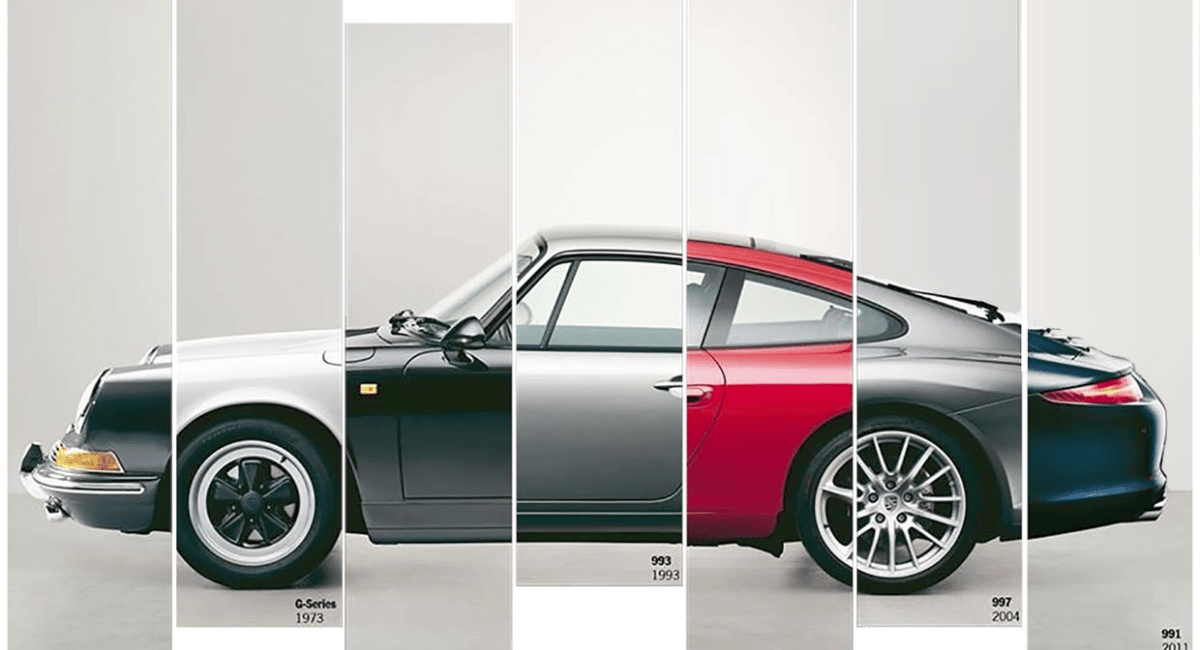
95 Octane
Slap a silhouette of a Porsche 911 on a wall, and nearly anyone will recognize it. Doesn’t matter which generation—it’s iconic. The same could be said about a Mini, Mustang, Beetle or an Aston Martin. It’s the mark of timeless design.
Yet the name “Porsche” brings to mind far more than just great design. It represents the pinnacle of sports cars—a brand rich in heritage and beloved by enthusiasts. Porsche follows a fairly standard formula, making only incremental changes each year—tweaking perfection. For over 50 years, the Porsche 911 has been the gold standard of sports cars.
Ask a group of car enthusiasts about the greatest sports car of the past half-century, and chances are, they’ll unanimously agree: it’s a Porsche.
Ferdinand Porsche: Early Days
Ferdinand Porsche founded Porsche in 1931, but his work with automobiles began decades earlier. The young engineer honed his mechanical skills in his father’s workshop and through studies at the Imperial Technical University. In 1898, at just 23 years old, Ferdinand built his first automobile: the Porsche P1. Essentially an electric carriage, it was powered by 4,000 pounds of lead-acid batteries. Within two years, Ferdinand added a combustion engine, creating the first hybrid-powered car. It even broke the Austrian speed record, topping out at 37 mph.
In 1905, Ferdinand was awarded the Pötting Prize as Austria's most outstanding automotive engineer. Around that time, he served as a military chauffeur.
In the 1920s, Ferdinand moved to Stuttgart to work for Daimler, where he designed the Mercedes-Benz SSK—one of the era's greatest race cars, winning 43 out of 53 races.
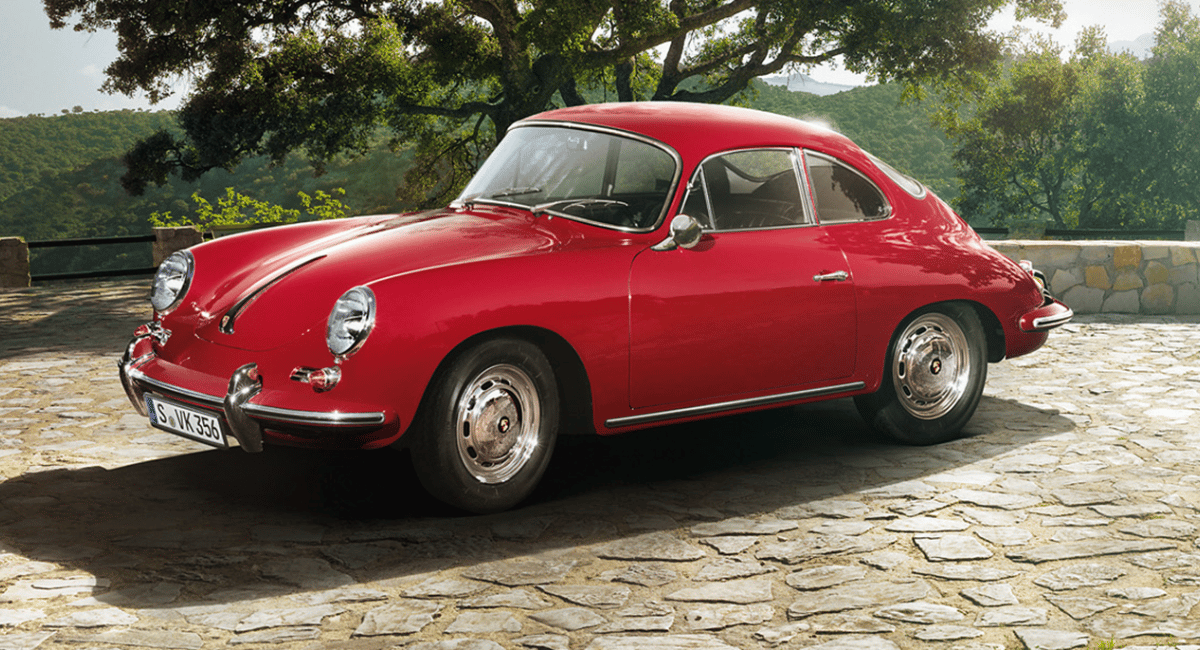
Porsche AG
By 1931, Ferdinand had saved enough money to start his own company: Dr.-Ing. h.c. F. Porsche AG. Initially, the company focused on consulting and vehicle development rather than producing cars under its own name.
One of their first major projects came from the German government: to create a "car for the people"—the Volkswagen. Hitler envisioned a car that could fit a family of five, start in cold weather, and remain fuel efficient. This project became the Volkswagen Beetle, one of the best-selling cars of all time.
During World War II, Porsche shifted focus to military vehicles, including the Kübelwagen and Schwimmwagen. The company also contributed to heavy tank designs, though their chassis were primarily used for the Elefant tank destroyer.
After the war, Ferdinand lost his position at Volkswagen and was arrested for war crimes, serving 20 months in prison.
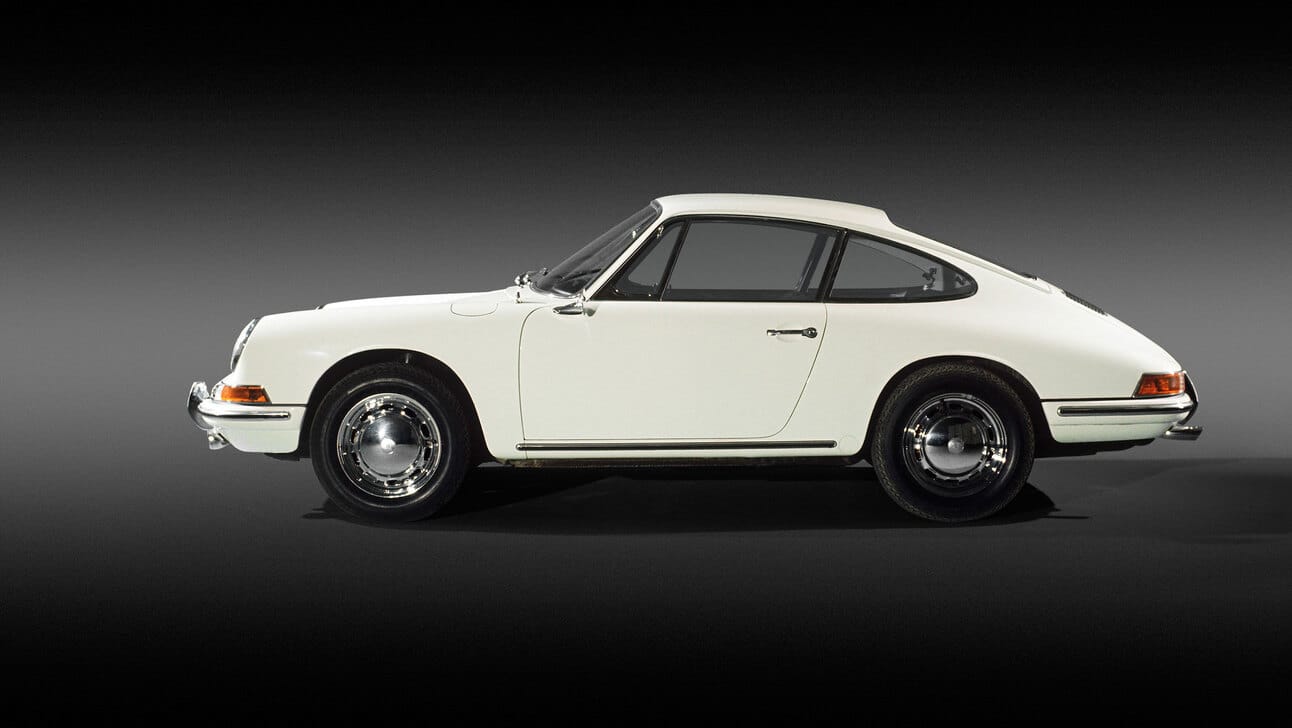
Porsche Newsroom
Porsche: Chasing Perfection
While Ferdinand was imprisoned, his son Ferry Porsche set out to create a car under the Porsche name. In 1948, the first Porsche 356 was built in a small sawmill in Gmünd, Austria. Only 49 cars were made, each handcrafted. Due to post-war shortages, early 356 models used many Volkswagen components.
By 1949, the Porsche family returned to Stuttgart, but their plant remained under American embargo. Ferry showcased the 356 to Volkswagen dealers to drum up orders. His initial goal of producing 1,500 units was far surpassed; by 1958, over 10,000 356s had been sold.
Porsche 911: “Killing Bugs Fast”
By 1964, Porsche had achieved significant success in both sales and motorsport. However, they needed a redesign to stay competitive. Enter the Porsche 911.
The 911 featured a rear-mounted six-cylinder "boxer" engine, two backseats, a small trunk, and fully independent suspension. The original air-cooled engine produced 128 horsepower, and the car was lauded for its lightweight design and precise steering. Designed by Ferry Porsche’s son, F.A. “Butzi” Porsche, the 911 combined timeless aesthetics with engineering brilliance.
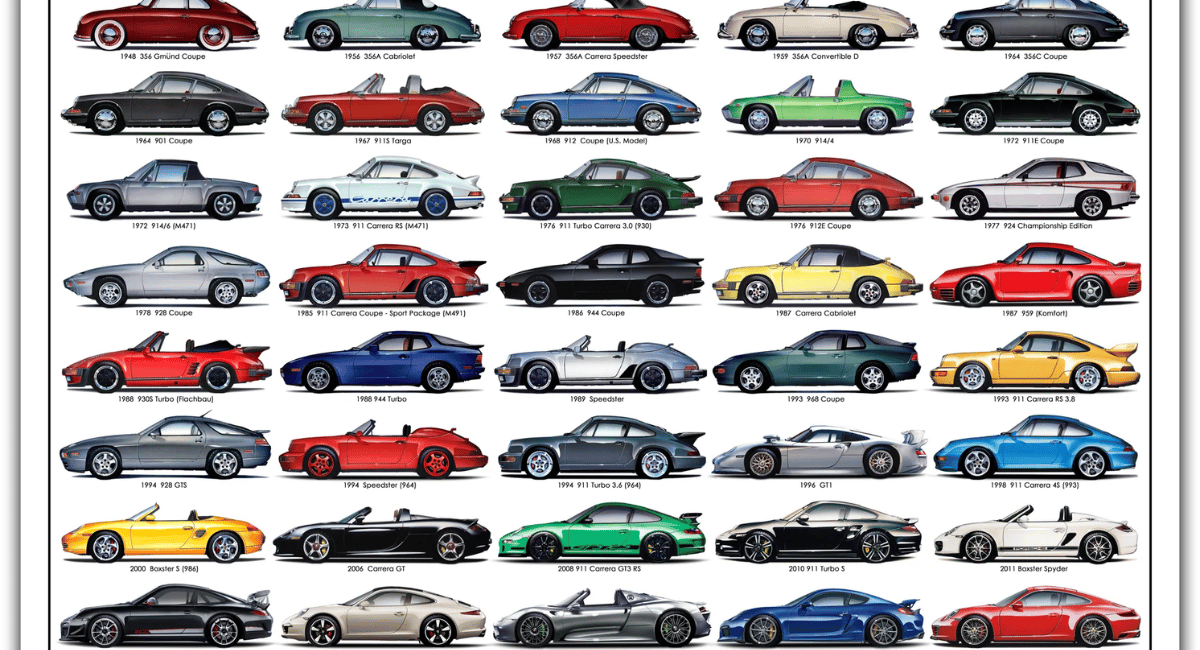
Steve Anderson Illustrations
Priced at $5,500 (roughly the average annual salary at the time), the 911 quickly gained popularity. Porsche introduced variants like the 911 Targa (1966) and high-performance 911 S (1967), continually evolving the lineup.
A Legacy of Innovation
In 1970, Porsche replaced the 912 with the mid-engine 914, offering affordable performance. The first Porsche Turbo debuted in 1975, boasting a 3.0-liter flat-six engine with 270 horsepower.
By 1993, Porsche had undergone significant restructuring under CEO Wendelin Wiedeking, setting the stage for a new era. The 911 received its first full redesign, and Porsche introduced the Boxster—a mid-engine roadster that became a bestseller.
Porsche's success extended to SUVs with the 2003 Cayenne, and today, models like the all-electric Taycan highlight the brand’s commitment to innovation.
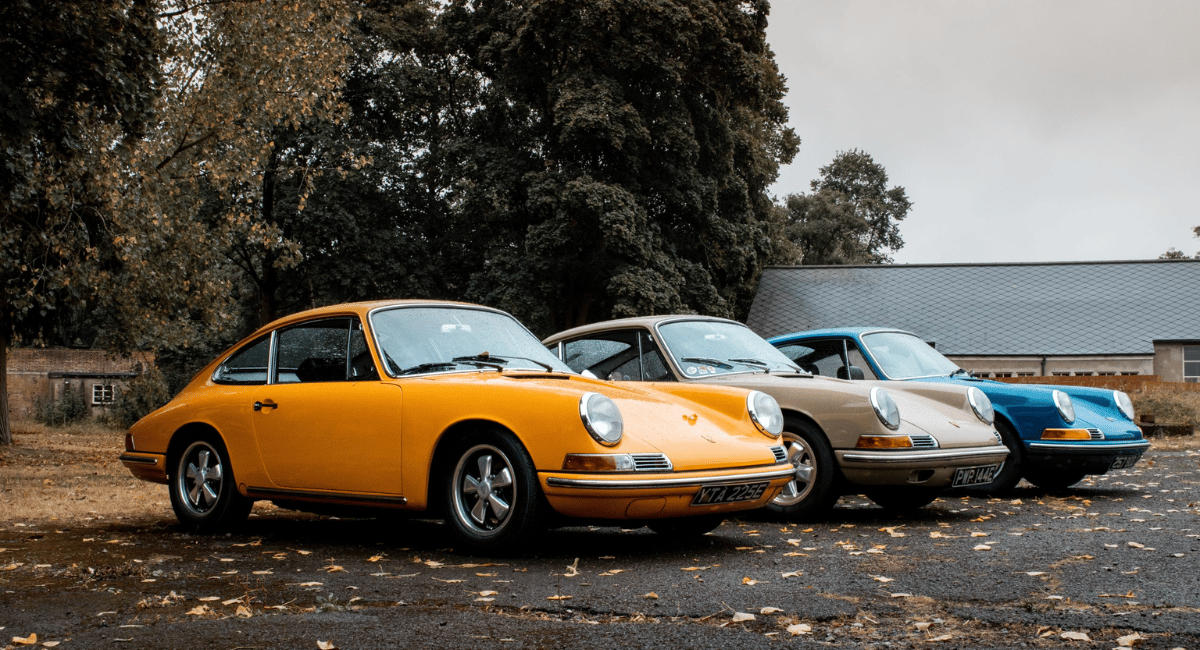
Stuttcars
Porsche Today
Porsche’s lineup now includes iconic coupes, sedans, SUVs, and electric vehicles. Despite evolving technologies, every Porsche retains the core characteristics that define the brand: precision handling, engineering excellence, and a passion for driving.
Porsche has become synonymous with the phrase "the gold standard," and nearly two-thirds of all Porsches ever made are still on the road today. The legacy continues—perfection, repeated.
“Honestly now, did you spend your youth dreaming about someday owning a Nissan or Mitsubishi?”
Reply